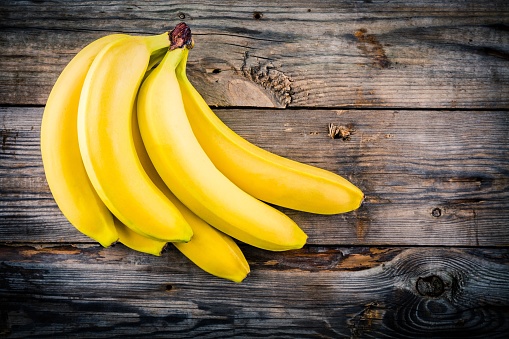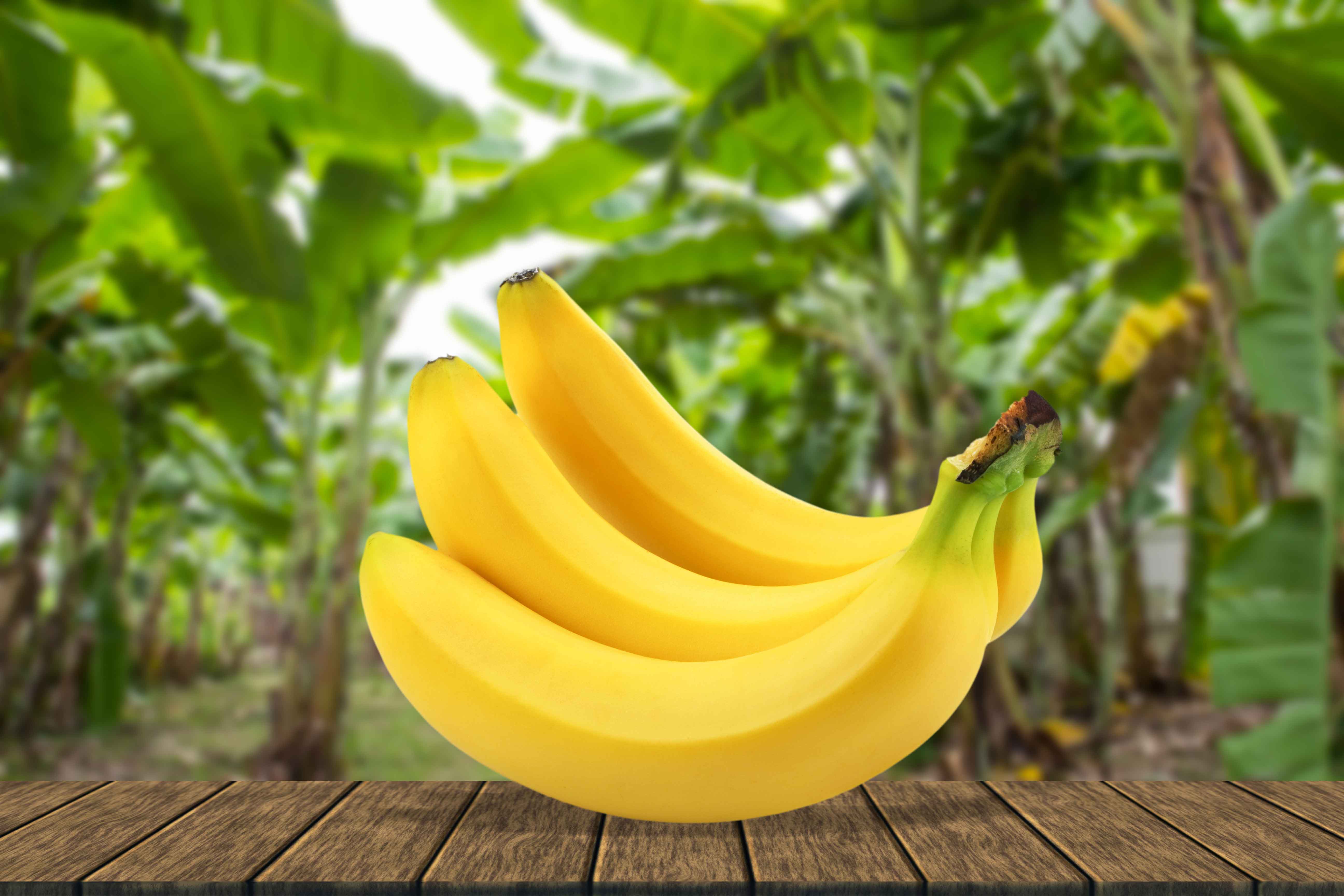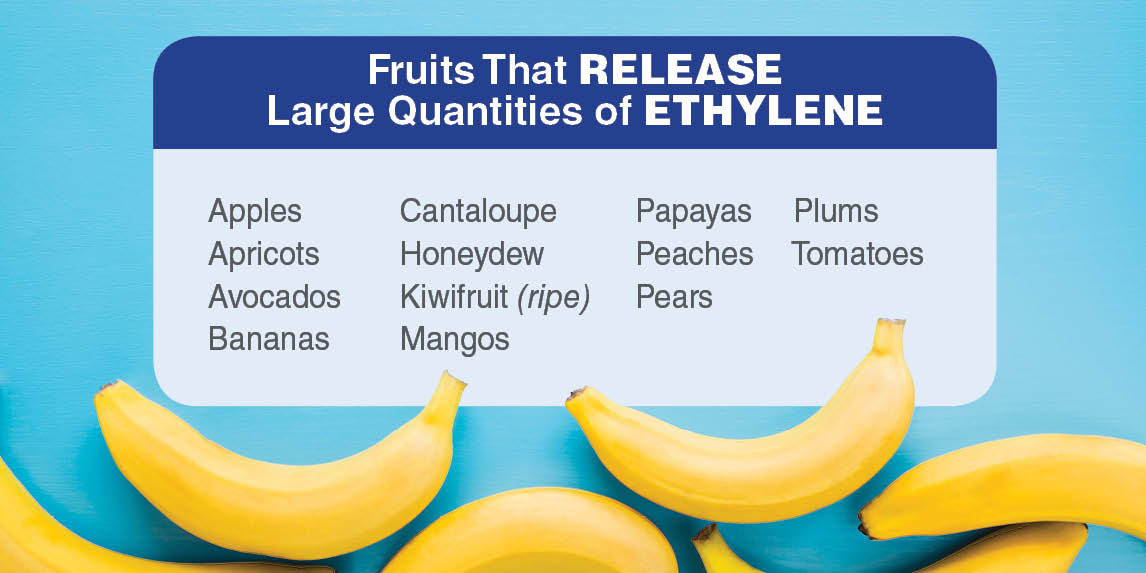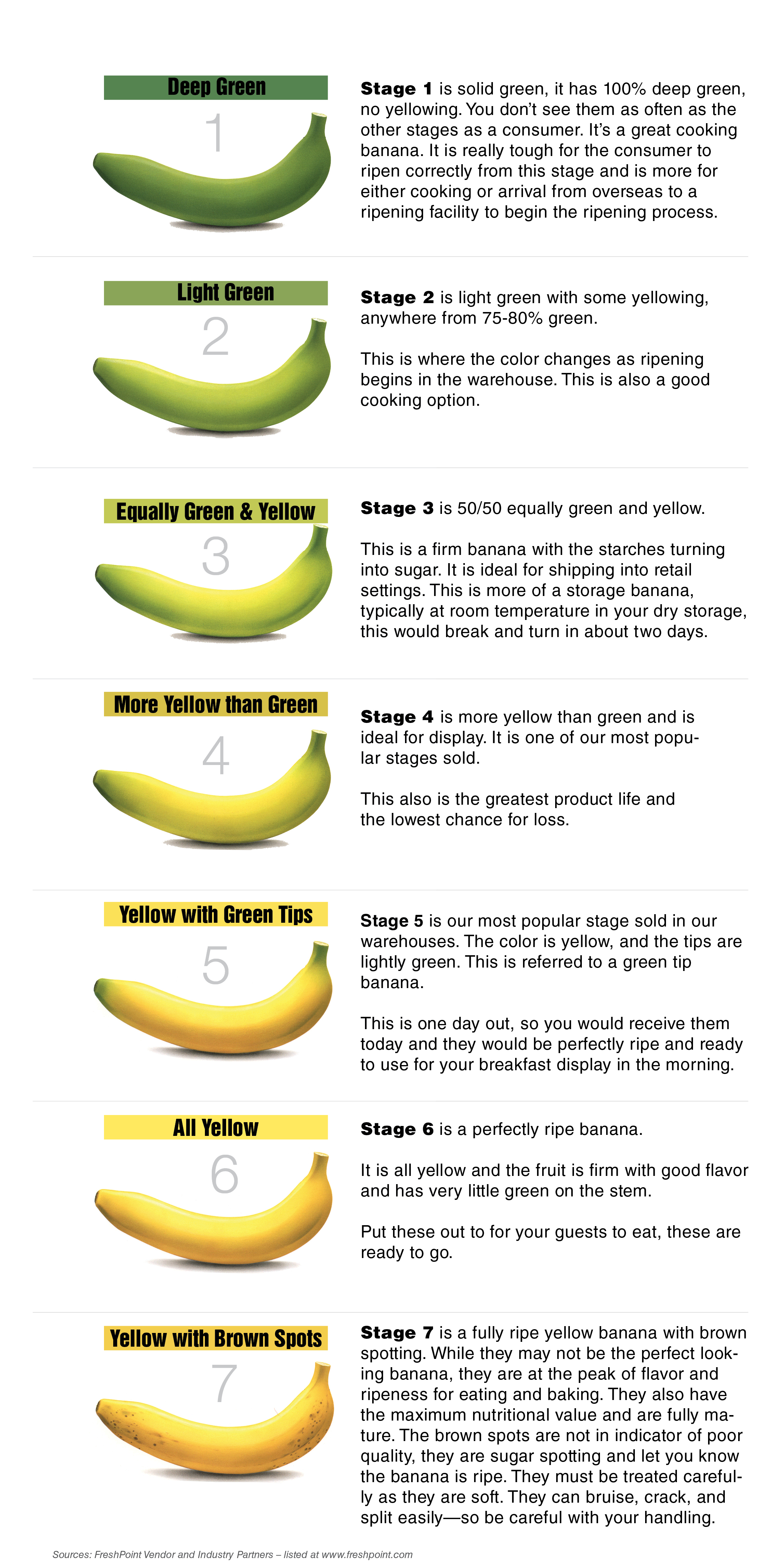
Produce 101: Banana Guide
Bananas are sold by color and stage of ripeness. Let’s go over everything you need to know to order the perfect banana in Produce 101: Banana Guide.
Bananas are one of the most widely consumed fruits in the world, and believe it or not, are actually a berry. Bananas are grown in over 150 countries, but actually don’t grow on trees. Fun fact: botanically, bananas are herbaceous plants, not trees. Trees have bark, but banana trees don’t and have a hollow stem.
The Most Common Banana Variety Consumed Today
The Cavendish is the most commonly exported and consumed banana, over taking the Gros Michel variety in the 1950’s, which succumbed to the dreaded Panama Disease.

How Bananas Ship is Important
Bananas are typically shipped from the country of origin as an unripe, solid green fruit. This is simply so they will survive the long and arduous trek to America.
Where the Magic Happens
Once the fruit is received at the supplier’s facility, they undergo an initial ripening treatment by being exposed to ethylene. This triggers the ripening in the banana and the length of time varies based on a few factors, the most important being the ambient temperature.
Once the fruit has undergone this step, they need to be stored away from ethylene producing fruits and in a fairly warm environment, 55 – 58°F.

Storage Temperature is Important
You don’t ever want to refrigerate bananas, they are extremely susceptible to chill damage, dull color, brown streaks on the skin, soft flesh, and an inability to fully ripen. Avoid dropping a case of bananas, as bruising will become an issue.
If you refrigerate bananas, it doesn’t make them bad, it just makes them ugly. While not bad, it is certainly not what you want to use for hand fruit—which is the banana’s primary function.
What Are the More Common Defects?
Bruising can happen when the cases are mishandled. Dull skin color would be an indicator of chill damage or temperature abuse. Soft mushy bananas with a dark color indicate over ripeness or heat damage (likely temperature abuse).
How to Order Bananas
There is no USDA grade on bananas, and they are all sold by color. So, what should you look for? You want to look for bananas that meet your color specification. You also want to look for the right size and uniformity and to be free of defects.
If bananas don’t have a grade, how do you order them?
Luckily the industry has come up with a great solution. We sell them by color. Bananas are classified by the color stage with a numeric system starting with Stage 1 to Stage 7.
Ordering the correct color stage is important.
You want to make sure you’re ordering the right color and the right stage of ripeness for the application you want to use.
Most people want a banana that is ready to eat, or ready to eat in a relatively short period of time, so a Stage 5 color is often the perfect choice and the most commonly ordered.
Stages 6 and 7 get a little trickier. Though the sugars are more developed and the flavor is more pronounced, they typically have a very, very short shelf life.
Stage 7 is perfect for banana bread, and while they may not be the perfect looking banana, they are at the peak of flavor and ripeness for eating and baking. They also have the maximum nutritional value and are fully mature. The brown spots are not in indicator of poor quality, that is sugar spotting, and it lets you know the banana is ripe. Some issues with Stage 7 bananas are: since they are ripe and ready, they must be treated carefully as they are soft. They can bruise, crack, and split easily—so be careful when handling.
If you have some bananas straggling around, consider freezing them, pureeing them in a smoothie, or even making a dairy-free ice cream.
If you need to order greener fruit, simply leave them at 55-58°F until the desired color is reached.
Produce 101: Banana Guide Color Chart
Dan Discusses Bananas in Produce 101: Banana Guide
Contact your Marketing Associate about adding bananas to your next order. If you are not a customer, find out how to become one today!
Content provided by Chef Daniel Snowden, the Director of Culinary Development for FreshPoint Central Florida. He has been in the produce industry almost 20 years, and loves getting geeky about food. Additional contributions by Lisa Brizard.
Some tools you can use:
Visit freshpoint.com for our seasonal availability guides—and while you are there, check out the FreshPress, our latest market report. Place your orders online with ease at myfreshpoint.com. Did you know you can receive real-time reliable delivery alerts on the day of your delivery? Activate and subscribe at FreshPoint.com/mydelivery
Download our app and take your produce management on the go. Place orders, review flyers, watch videos…all in one spot!
Find out more details about our UBU program, and how we are shining a spotlight on food waste while making value and food safety a priority.
We buy local to strengthen regional economies, support family farms, preserve the local landscape, and to provide fresh-from-the-farm food to our customers. Local.freshpoint.com connects you to your local farmers like never before! Customize your search by zip, city, state, radius…even by crops and growing methods. Pop in your zip code and learn about our local farmers.
Socialize with us!
Did you know we are on YouTube? Head over to our page and check out our 75+ videos. Don’t forget to subscribe, and also be a part of our Bell Team—hit the little bell icon to get notifications when we upload new videos.
Follow FreshPoint, Inc. on Facebook, Twitter, Instagram, and LinkedIn…and follow The Produce Hunter on Instagram as she finds the best specialty produce at the Santa Monica Farmers Market.

